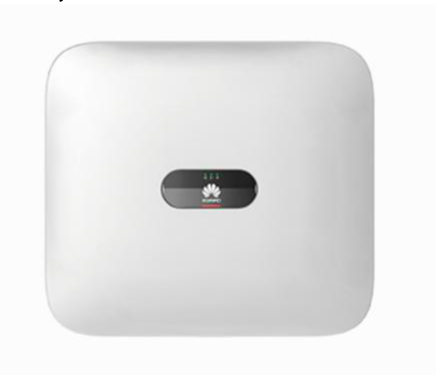In recent years, with the continuous development of technology, there are more and more types of household solar energy, and people have many precautions when purchasing and installing solar energy. This article will show you how to control the cost more reasonably when installing home solar energy.
 9 Tips to Help Control Your Residential Solar Installation Cost
9 Tips to Help Control Your Residential Solar Installation Cost
Conduct a Thorough Energy Audit
Before investing in a solar installation, it’s crucial to understand your household’s energy consumption patterns. Consider conducting a comprehensive energy audit that examines your historical electricity usage, peak demand times, and specific areas where energy is most utilized.
Obtain Multiple Quotes
Seeking quotes from multiple solar installation companies is essential for obtaining a comprehensive understanding of the market landscape. Ensure that the quotes provided include detailed breakdowns of costs, such as equipment, labor, and any additional expenses. By comparing these quotes, you can identify competitive pricing, assess the quality of services offered, and make an informed decision regarding the most cost-effective option.
Optimize System Size
Collaborate closely with solar professionals to determine the ideal system size for your home. By accurately sizing the system to meet your energy demands, you can avoid overspending on unnecessary capacity. Over-sizing a solar system can lead to higher initial costs, longer payback periods, and inefficient use of resources. A properly sized system will optimize performance while minimizing expenditure.
Consider Different Financing Options
Explore various financing models, including purchasing the system outright, leasing, power purchase agreements (PPAs), or solar loans. Assess the long-term financial implications of each option, factoring in upfront costs, interest rates, tax incentives, and ownership benefits. Understanding the financial nuances of each approach will help you select the most cost-effective and financially viable solution for your situation.
Research Available Incentives and Rebates
Research federal, state, and local incentives and rebates for residential solar installations. These incentives can significantly reduce upfront costs and accelerate the return on investment. Common incentives include tax credits, rebates, and performance-based incentives, all of which can substantially lower the overall cost of your installation.
Evaluate Different Panel Options
When comparing solar panels, consider factors such as the panel’s efficiency, warranty, degradation rate, and real-world performance. Understanding these details will enable you to make an informed decision on selecting panels that offer the best balance between cost and performance. Additionally, consider the long-term durability and reliability of the panels to ensure that they deliver cost-effective and sustainable energy generation over their lifespan.
Opt For Cost-Effective Mounting Systems
When choosing a mounting system for your solar panels, analyze the costs, installation requirements, and long-term maintenance considerations associated with each option. Explore the benefits and drawbacks of rooftop versus ground-mounted systems to determine the most cost-effective solution for your specific property. Additionally, consider factors such as orientation, shading, and available space to optimize the placement of the panels for maximum efficiency.
 Consider Battery Storage
Consider Battery Storage
Evaluate the feasibility of integrating battery storage into your solar system. While upfront costs for battery storage can be significant, they may provide long-term cost savings, especially in regions with high electricity prices or unreliable grid power. Assess the potential benefits of energy bill savings, grid independence, and backup power capabilities to determine if incorporating battery storage aligns with your cost-control objectives.
Evaluate Different Inverter Options
Inverters play a crucial role in converting the direct current (DC) electricity generated by solar panels into usable alternating current (AC) electricity for your home. Compare different inverter technologies, such as string inverters, microinverters, or power optimizers, to identify the most suitable and cost-effective option for your specific solar system requirements. Consider factors such as efficiency, reliability, maintenance needs, and warranty coverage in your evaluation.
Conclusion
By delving deeper into these detailed suggestions, you can make informed decisions and take practical steps to control your residential solar installation cost while maximizing its long-term benefits. Hope this article can help you to better control your residential solar installation cost!